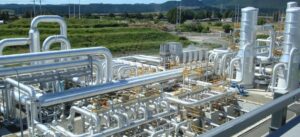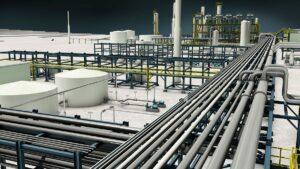Based on over 25 years of working in industry with a bulk of them doing estimates for contractors, EPC(M)’s as well as owner organizations, Aarasab NL has come across multiple situations where the estimator has not been present for the MTO reviews with engineering or in some extreme cases, the MTO reviews have been skipped altogether due to management decisions. There are also situations where the owner has requested an external 3rd party review of the estimate (ie. who was not present for the MTO review). In these cases, when the estimator finalizes the tally for the estimate or when the external estimate validator is presented with the costs for a project, how are they to benchmark / validate the numbers, without having the proper background of the project?
A quick way to do this is using metrics. This methodology is based on historical results from previous projects and is usually cost related. However, how does an estimator validate quantities which does not fall under the purview of the estimator but on engineering. Typically, by the time the estimator is given the MTO to estimate, there is very little time allotted to complete the tasks on a given schedule and they do not have the luxury of time (at least this has been our experience 😊) to request a full review of the MTO’s. However, if we are to isolate certain cases and request a quick check, a lot of value can be gained. For instance, in the case of the piping account, a quick check of the validity of the fitting quantities for piping can be done using the lesser known ‘fitting factor’.
This factor is basically the length of pipe on a system divided by the number of fittings. A standard plant upgrade or a new greenfield facility would have one or more process units and its related utilities & offsites facilities. These would usually be broken up using the Area Breakdown Structure (ABS) or the Work Breakdown Structure (WBS).
Therefore, if there is a suspicion that the piping costs are exaggerated in an estimate (as in there are out of the standard metrics range), a quick way to see if the fittings are the culprit is to compare the fitting factor on the process plant vs the utilities & offsites (U&O). Generally, the fitting factor on the latter would be higher than that of the process facility. See the images below for illustration.
|
|
|
On the face of it, this would be obvious and logical as process facilities tend to be compact footprints with lots of pipe fittings. Therefore, the factors here would typically be in the range of 3 to 6. In the U&O facility however, as these tend to be more spread out, one would typically expect longer lengths of pipe and lesser fittings. The fitting factor here would be in the range of 11 to 16. These ranges however should be pared with the knowledge of the construction methodology, procurement strategy and verified with engineering. For example, if on the project, the packaged equipment interconnect piping (typically small bore) is to be done by the contractor, this might be the reason for the high costs in the metrics.
For more examples of how a quick metrics check can focus attention on certain costs that seem too high, get in touch with Aarasab NL.

 Figure 1 Typical Process Facility Piping
Figure 1 Typical Process Facility Piping Figure 2 Typical U&O Facility Piping
Figure 2 Typical U&O Facility Piping
Recent Comments